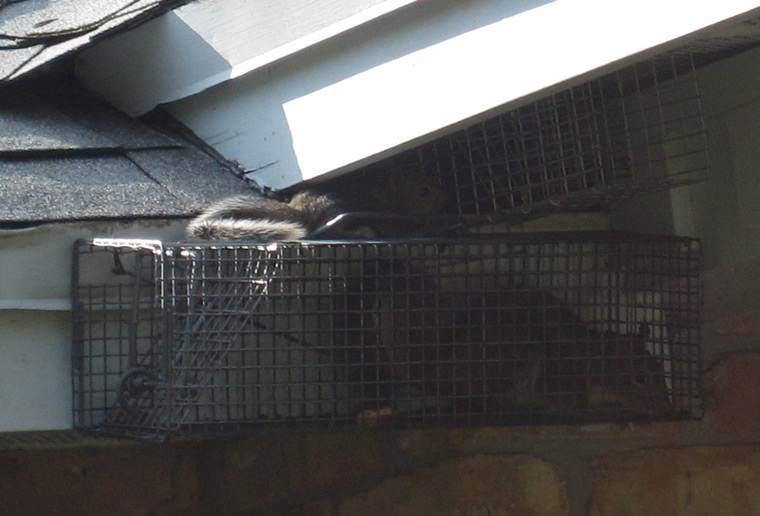- info@wildlife-removal.com
Call us for help in your town
Wildlife Removal Education
Wildlife Rehabilitators & Squirrels: What Happens Next?
Need squirrel removal in your hometown? We service over 500 USA locations! Click here to hire us in your town and check prices - updated for year 2020.
When you call upon a wildlife rehabilitator to come and help you with your squirrel problem, you often take for granted that the problem is just going to be resolved – the technician comes in, removes the animal, seals the hole, tidies up the mess, and leaves you with a bill to pay.

Have you ever wondered what happens next?
There’s a difference between pest control and wildlife rehabilitation. The latter is usually someone who dedicates their time to rehabilitating the animals they save from commercial and residential properties, making sure they are in good health before releasing them back into the wild again to hopefully live a very long and happy life ... and one that doesn’t cause you problems again.
Pest or wild animal control, on the other hand, might look at things slightly differently. There’s a catch-22 situation with live trapping wild critters, such as squirrels, however; the law dictates that you are not simply permitted to release them back into the wild again. Although there are a number of reasons behind this rule, it mostly comes down to preventing the spread of disease. Other reasons include:
- Animals not surviving for long once they have been released into a brand new territory.
- Animals being released back into the wrong habitat.
- Non-native animals disrupting the current wildlife hierarchy.
In almost all cases, wildlife rehabilitators will do what is best for the animal. If that rehabilitator removes an orphaned baby squirrel, for example, the first priority will be to try and find the mother in the surrounding area. Most orphaned wild critters, squirrels included, are not actually orphaned at all, and a couple of hours of waiting may just result in the family being reunited again.
If the mother does not come back to claim an orphaned baby squirrel, the wildlife rehabilitator will look at the health and age of the youngster. There is a very short space of time in which something can be done – a few young squirrels can be hand-reared, trained, and then sent back out into the wild when they are old enough and in good health. Sadly, squirrels that are hand-reared are usually then too tame to be left out in the wild alone.
If the squirrel, young or adult, is not in good health, releasing the animal back into the wild would actually be quite cruel. In this case, and if the squirrel cannot be nursed back to full health, the kindest outcome is euthanasia. Releasing a sick, injured, too young, tame, or diseased squirrel back into the wild would result in death, and it usually won’t be a quick or painless death.
Wildlife rehabilitators will always do what is best once they have captured a wild animal. This outcome might not be the kind of outcome that you had hoped for, especially if you were looking for a live or humane result, but sometimes, euthanasia is the most humane result.
Go back to the Squirrel Removal page, or learn tips to do it yourself with my How to Get Rid of Squirrels guide.


















